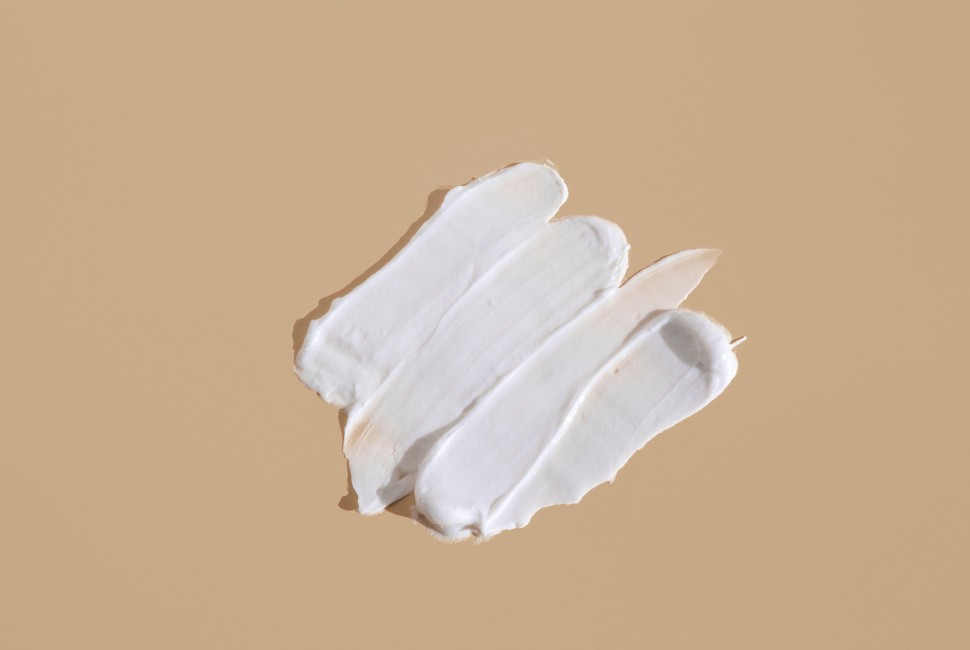Skin lightening is prevalent in the U.S. among skin of color individuals — particularly women — but the people who use those products don’t know the risks, reports a new Northwestern Medicine study.
Colorism, the system of inequality that views lighter skin as more beautiful and advantageous, can be the motivation behind skin lightening, the study also found. The findings also reinforced the prevalence of skin lightening in the U.S.
“The most surprising finding was the lack of awareness of ingredients in products being purchased over the counter and their potential detrimental effects,” said lead investigator Dr. Roopal Kundu, founder and director of the Northwestern Medicine Center for Ethnic Skin and Hair. “These products are bought from chain grocery stores, community-based stores or even online and do not undergo the same type of regulation as large-chain store or prescription products.”
Kundu is also a professor of dermatology at Northwestern University Feinberg School of Medicine and a Northwestern Medicine board-certified dermatologist.
The study was published July 13 in the International Journal of Women’s Dermatology.
Previous studies show these products are often adulterated with other things such as steroids and mercury that could be toxic to the skin.
The belief is that having lighter skin is tied to personal and professional success.”
One of Kundu’s patients used the lightening product hydroquinone, also called a bleacher, on his entire face for many years. The patient now has permanent hyperpigmentation.
Doctors prescribe skin lighteners for some skin conditions such as melasma, and the products can be safely used under physician guidance. But most people who use skin lighteners also do not consult a medical provider before use, Kundu said.
In 2020, the FDA received reports of serious side effects from the use of skin lightening products containing hydroquinone, including skin rashes, facial swelling and exogeneous ochronosis (discoloration of skin.) The FDA advised consumers not to use these products due to the potential harm they may cause.
The participants — 80% women — who used skin lighteners perceived stronger colorism in their lives than those who did not use the products, according to the study.
“There is this perception that having lighter skin within a group – Southeast Asian or African populations, for example – is looked upon more favorably and manifests by making someone more attractive to a mate or more likely to get a job,” Kundu said. “The belief is that having lighter skin is tied to personal and professional success.”
Most of Kundu’s patients interested in skin lightening want to do so to even out skin tone due to a skin disease. But a fourth of study participants wanted to do general skin lightening. One of Kundu’s patients recently told her his goal was to completely lighten his skin. “I had to tell him that is not something we can do,” Kundu said. “We weren’t going to globally lighten his skin color.”
To conduct the study, researchers sent an anonymous 19-question survey to individuals with skin of color in the U.S. asking about their demographics, colorism attitudes, skin tone satisfaction and skin lightening habits. Of 455 individuals who completed the survey, 238 were Black, 83 were Asian, 84 were multiracial, 31 were Hispanic, 14 were American Indian or Alaskan Native and five identified as other.
The use of skin lightening agents was reported by 21.3% of respondents, with 75.3% of these respondents using them to treat a skin condition such as acne, melasma or hyperpigmentation. The others were using the agents for general skin lightening.
“As dermatologists, we hope to understand the cultural and societal influences that impact skin health and treatment of skin disease,” Kundu said. “Cultural mindfulness for clinicians as they get to know their patients battling pigmentary issues allows for the safe, effective, comprehensive and compassionate treatment of dermatological disease across all communities.”
Co-authors include Dr. Karishma Daftary, Sneha Poondru, Nina Patel, Maxwell Shramuk, and Lutifyya Muhammad.


